But the MIB universe is one that seems perfect for spin-off films. There are tons of possibilities in a world that is effectively about creating fun alien-fighting buddy cop movies. And with Chris Hemsworth and Tessa Thompson as the lead MIB agents, who have already proven their chemistry and comedic timing in the wonderful Thor: Ragnarok, it seems like Men in Black: International had a halfway-decent chance to succeed. Unfortunately, International completely misses the mark and delivers a wholly boring and same-ish summer blockbuster. The film follows Agents H and M (Hemsworth and Thompson, respectively) as they attempt to uncover a conspiracy to assassinate a member of an alien species’ royal family. Things become more complicated when H, M and the head of MIB London named High T (Liam Neeson) begin to suspect there is a mole in the Men in Black.
At its core, Men in Black: International falters in the complete lack of chemistry between its two lead characters. Agent H is a blatant James Bond archetype, solving all of his problems through hyper-violence, suave charm and occasional fucking. But this isn’t a character type that seems comfortable for Hemsworth, who succeeds far more as the doofus that the recent MCU films have made Thor. Agent M seems like a weird mix between a Tony Stark-like quip machine and a nerdy Hermione-esque know-it-all, a combination that comes out more confusing than interesting. These two awkward characters make for some dry and lifeless interaction, which pretty much kills the mood of the rest of the film. The only character who really comes out of the movie in a positive light is the cute, comedy relief character Pawny (voiced by Kumail Nanjiani). I’d say he’s about 50% funny and 50% annoying and unnecessary, which is the best I can say for any character in the film.
And there’s not much else to the movie than that. It’s filled to the brim with generic plot devices, tired action sequences and confusing/disinteresting alien designs. There is one scene in particular that felt like it could have been funny with better editing and pacing, but fell completely flat. When Agents H and M first encounter the villains, two alien twins who can manipulate matter, they find that their standard issue guns aren’t doing any damage. H tells M to pull on the gas cap and out pops a larger firearm. What follows is a sequence of the Agents grabbing increasingly ridiculous weapons from increasingly ridiculous parts of the car. This is a simple gag, but one that could have been very funny if timed well. But the editing feels so jumpy, the guns so boring and the interactions between the characters so lifeless that the scene is immediately forgettable as just another tired special effects laden romp.
It’s just boring. Like, the movie is just really fucking boring. The twist is insanely predictable. Everything is super generic. It just sucks the life out of a property that had a ton of potential to reinvent itself in an interesting way.
Grade: D+
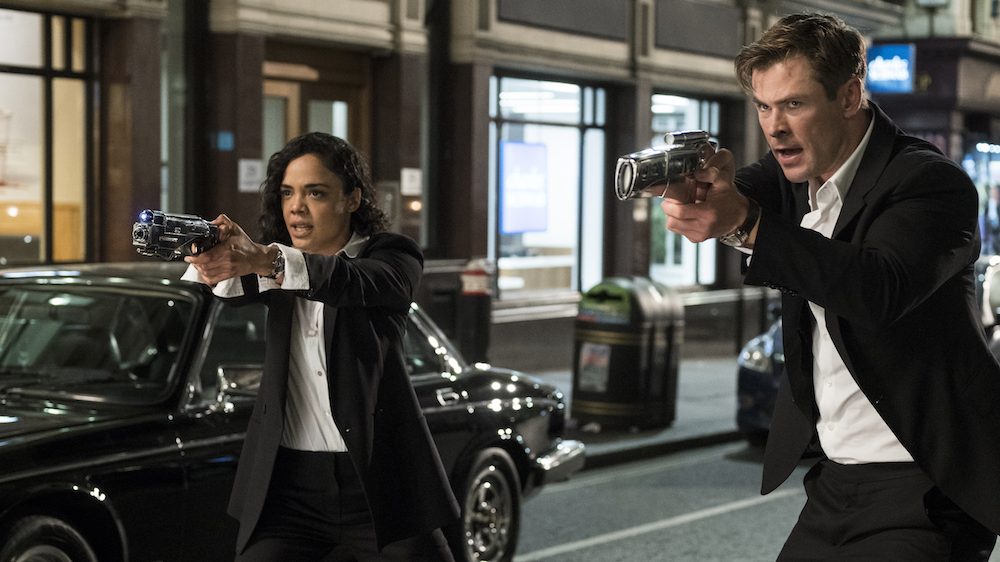
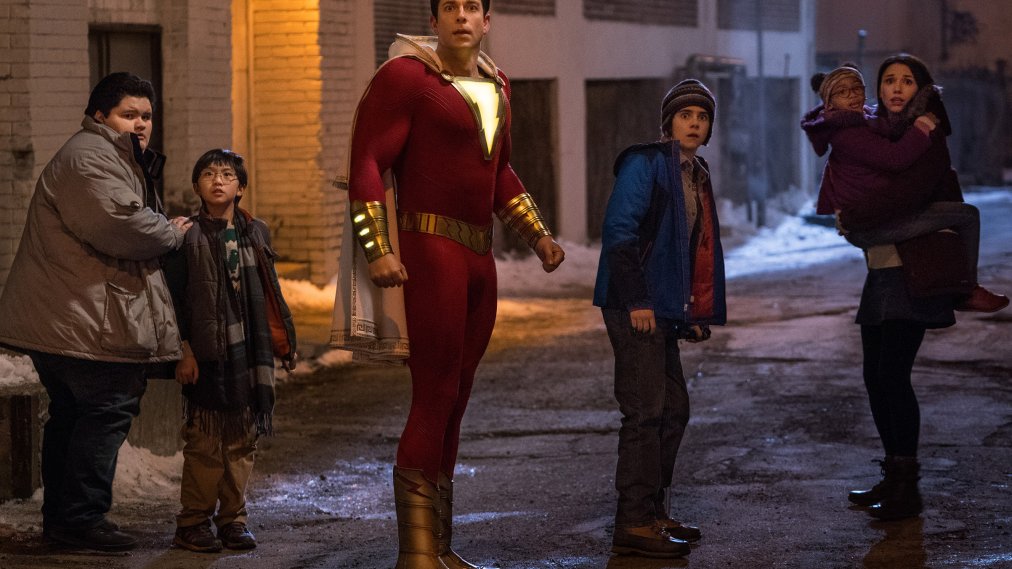
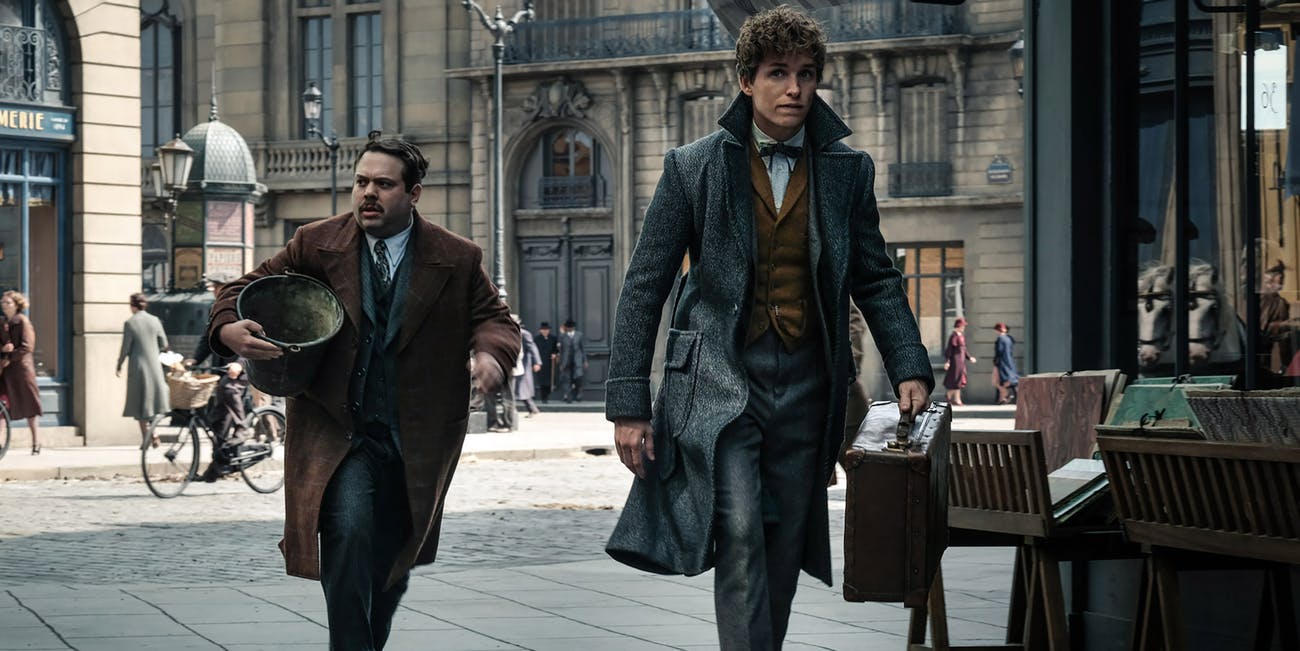
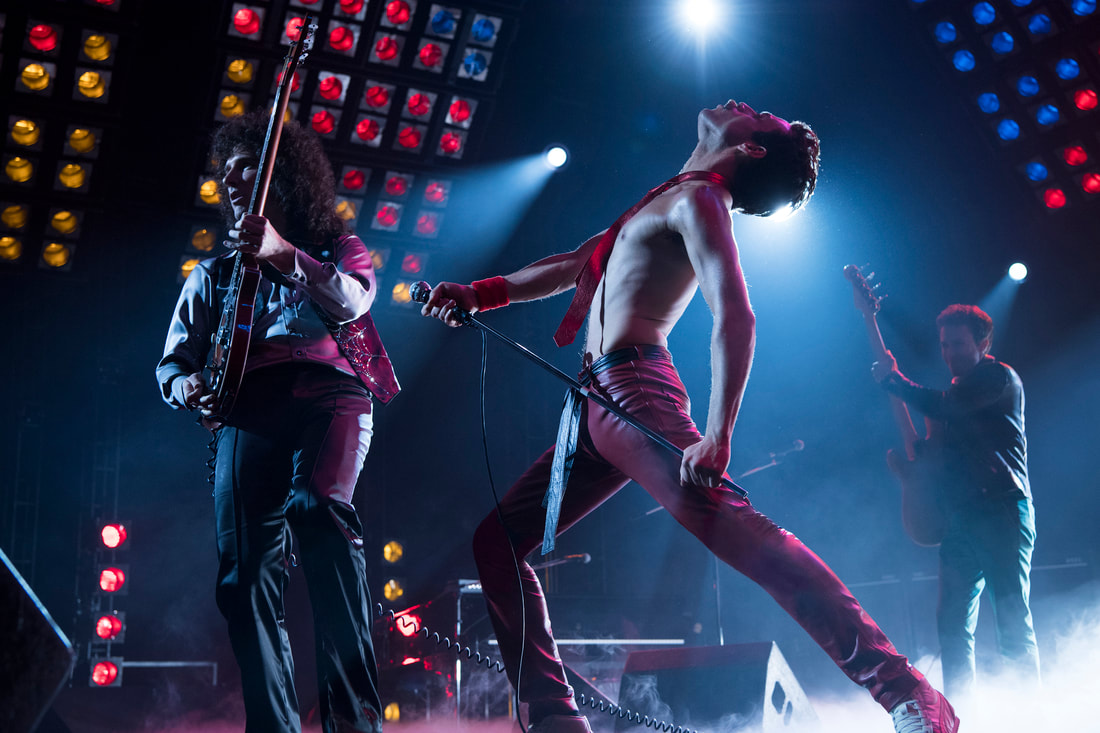
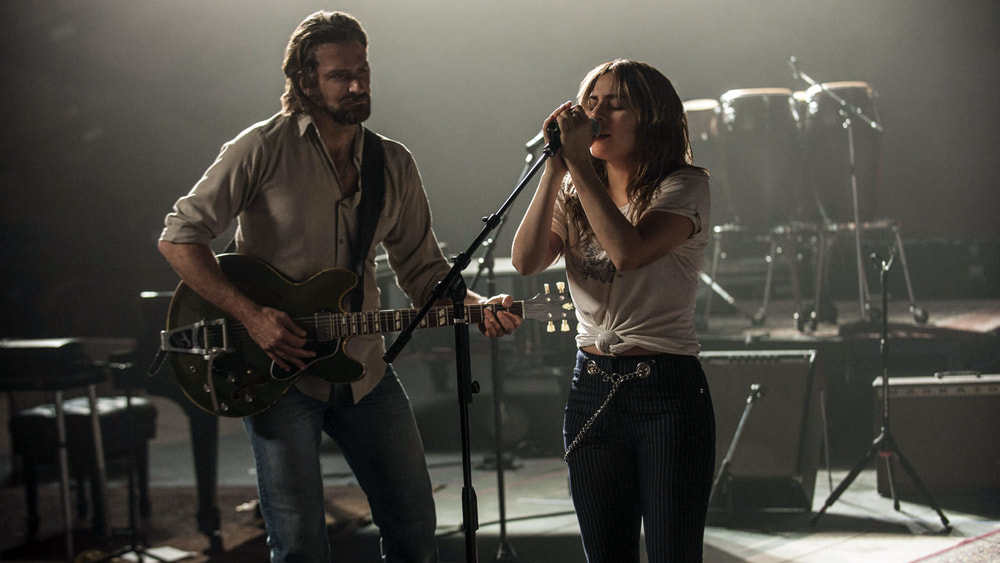
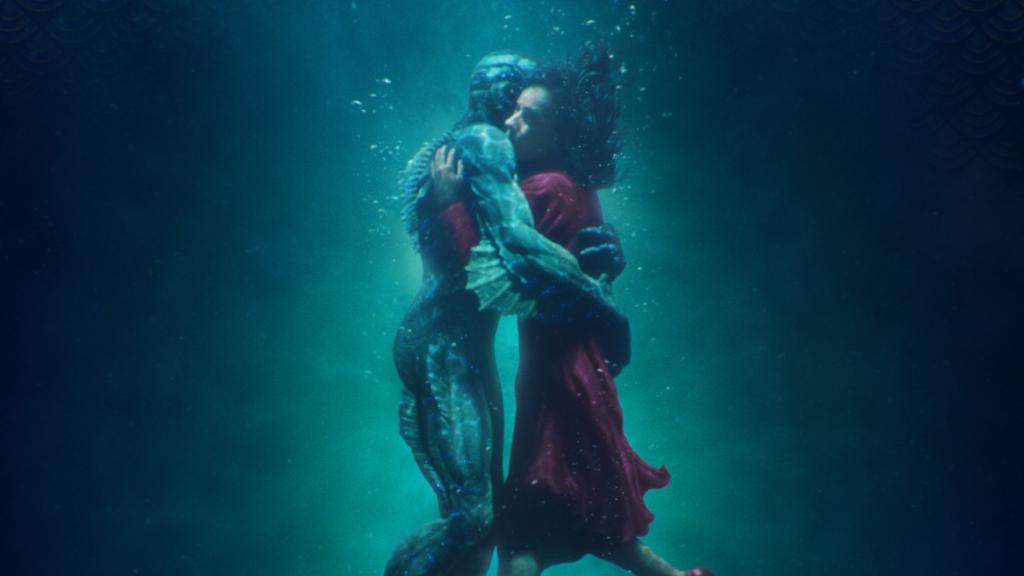
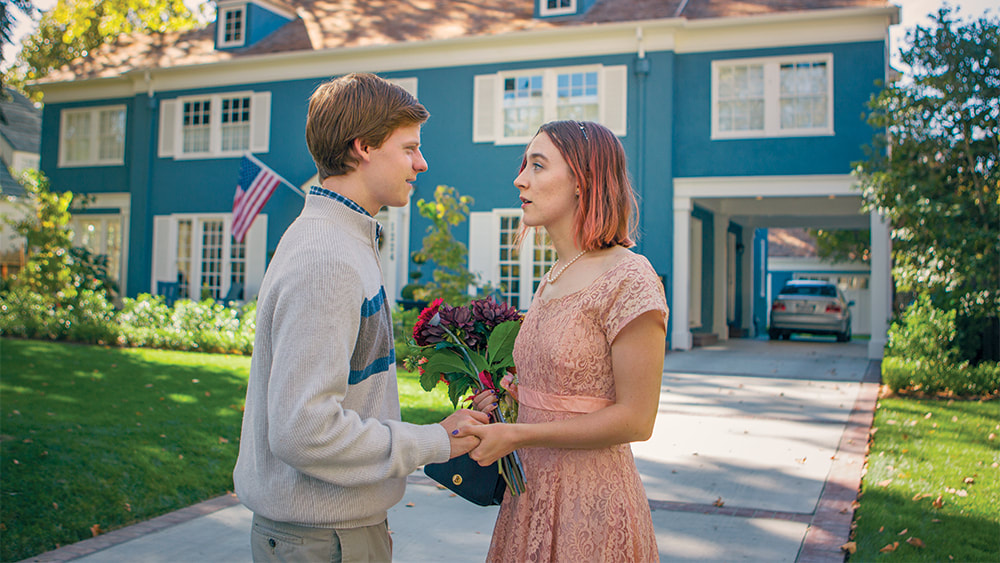
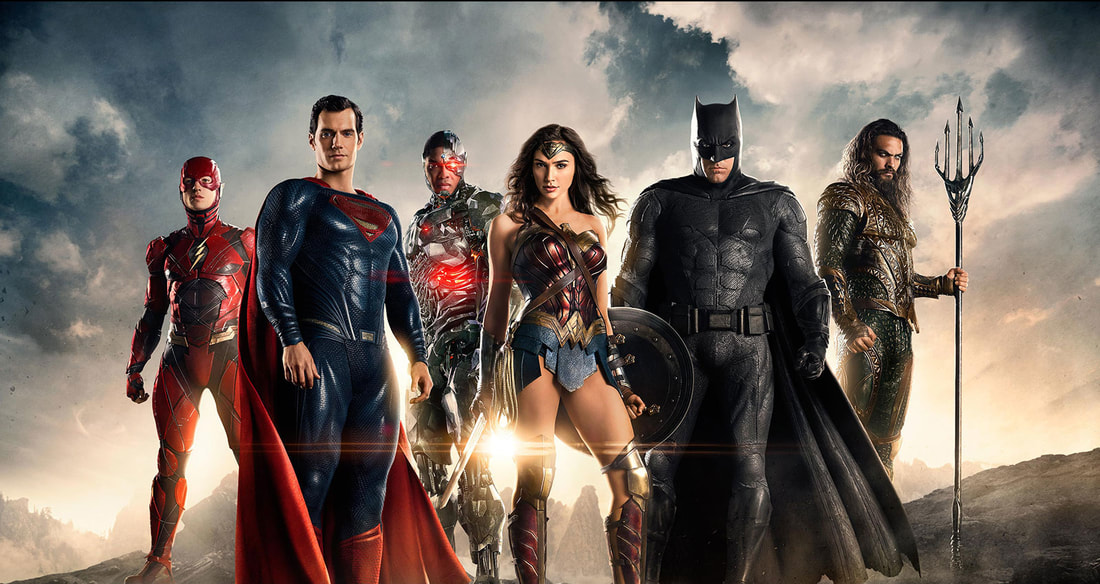
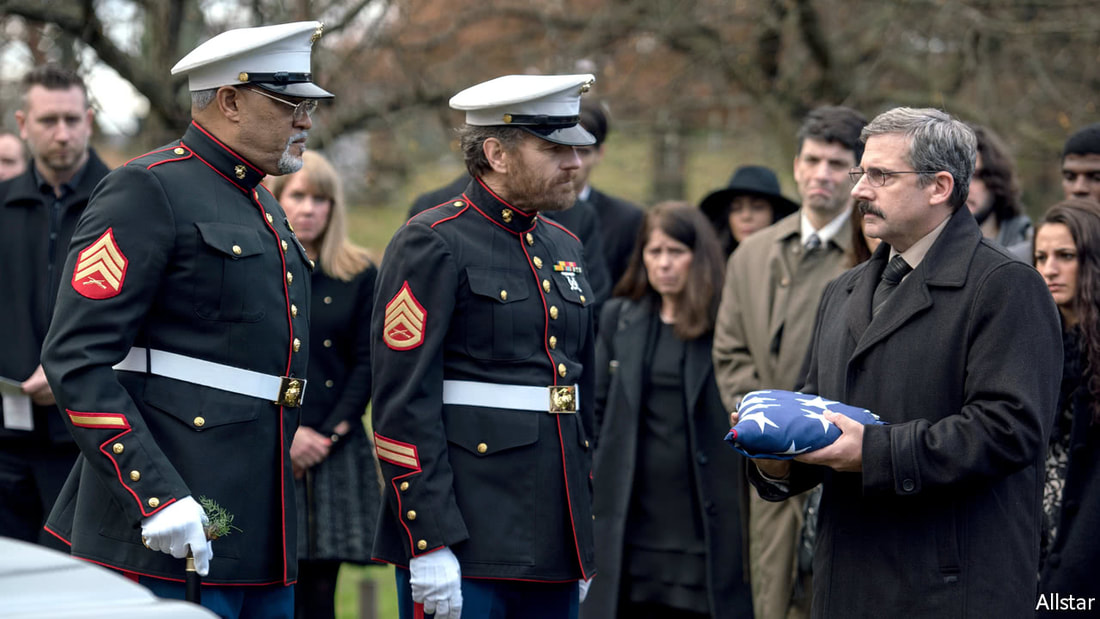
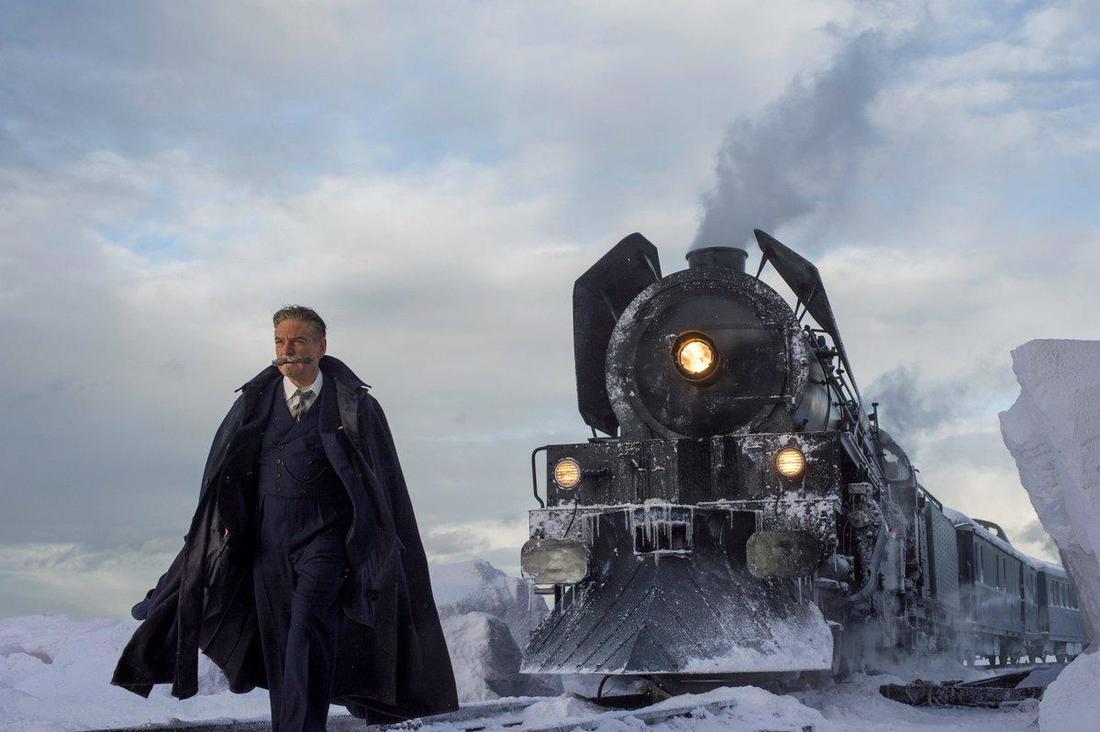
 RSS Feed
RSS Feed
